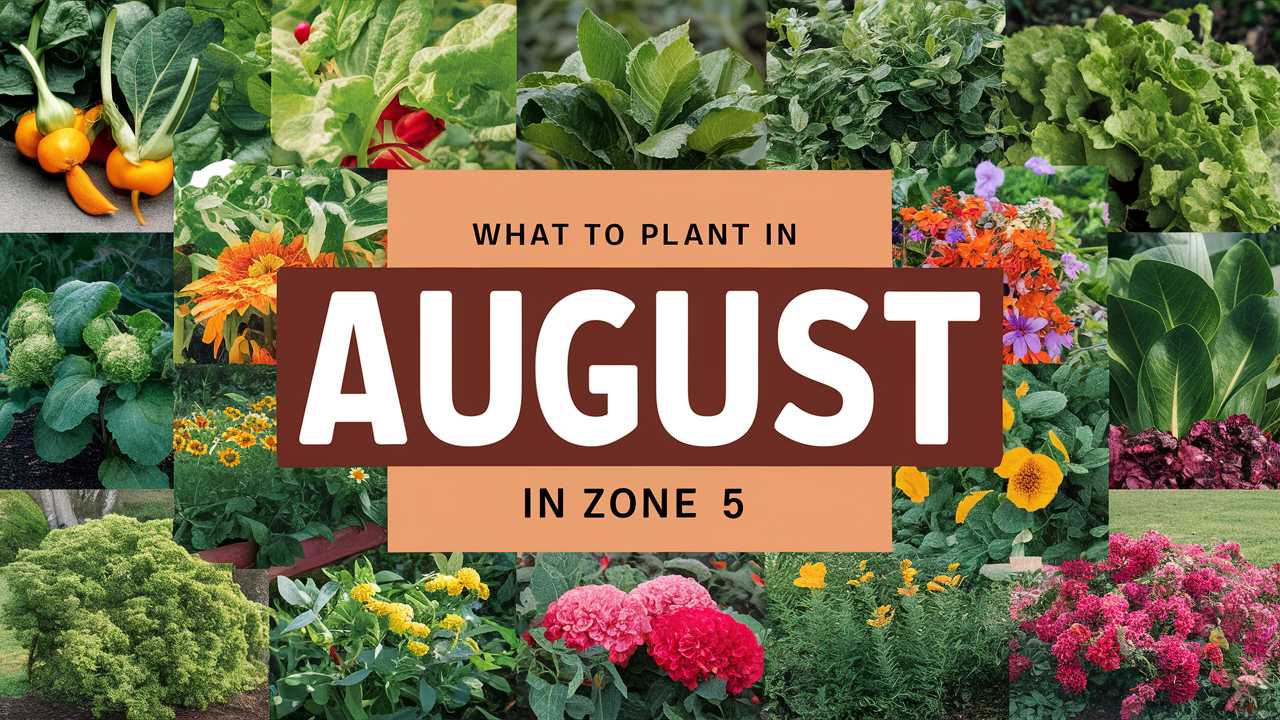As summer begins to fade into the longer shadows of autumn, gardeners in USDA Zone 5 have a unique opportunity to extend their growing season by planting a variety of vegetables, flowers, herbs, and landscape plants in August. This month is not only significant for harvesting summer crops but also for preparing for the fall.
Knowing what to plant and when can help you take full advantage of your garden’s potential, ensuring a bountiful yield before winter’s chill sets in. This guide covers the best choices for August planting in Zone 5.
Vegetables To Plant
In Zone 5, August marks a pivotal moment in your gardening calendar. The temperatures are generally mild, making it suitable for planting specific vegetables that thrive in the cooler days of late summer and early fall. The following vegetables are perfect for sowing during this time.
Carrots
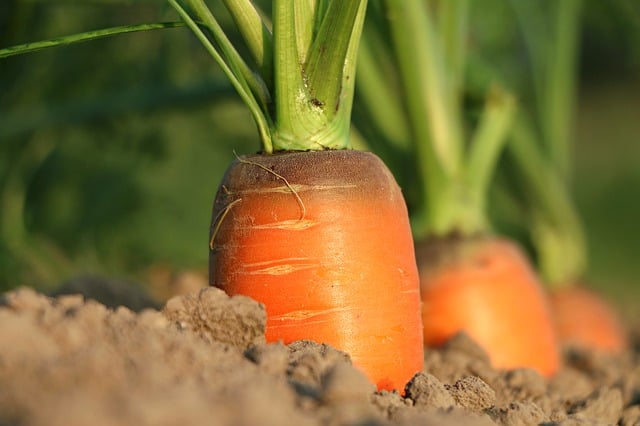
Carrots (Daucus carota) are a fantastic choice for planting in August. They thrive in cooler temperatures and have a long growing season, typically requiring between 70 to 80 days to mature. August plantings can produce a sweet, crisp harvest in the fall, especially after the first light frost, which can enhance their flavor. Sow seeds an inch deep, spaced 2 to 4 inches apart. They prefer well-drained, sandy loam soil and should be kept moist until germination.
Radishes
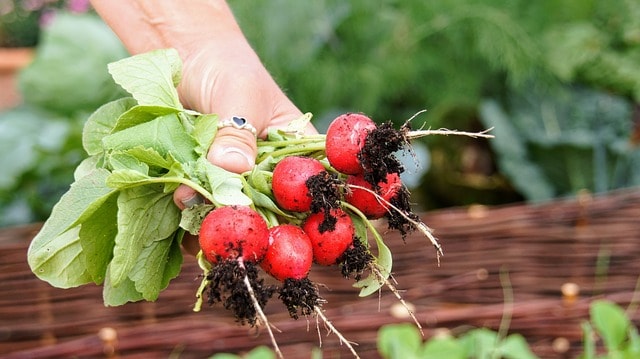
Radishes (Raphanus sativus) are one of the fastest-growing crops, making them ideal for August planting. Many varieties mature in as little as 25 days, allowing for multiple plantings within the month. They thrive in full sun and can handle cooler temperatures well, typically growing best between 55°F and 75°F. Plant them in rows, about 1 inch apart, and thin seedlings to give them plenty of space to develop.
Spinach
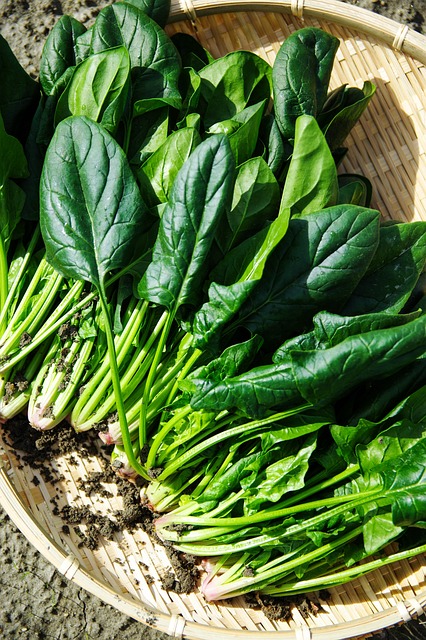
Spinach (Spinacia oleracea) loves the cool weather and can be planted in August for a fall harvest. This leafy green thrives at temperatures between 50°F and 60°F, making it perfect for cooler evenings. Plant seeds about 1/2 inch deep, 2 inches apart. Not only does spinach grow quickly, but it can also tolerate some frost, making it a great candidate for a late-season crop.
Kale
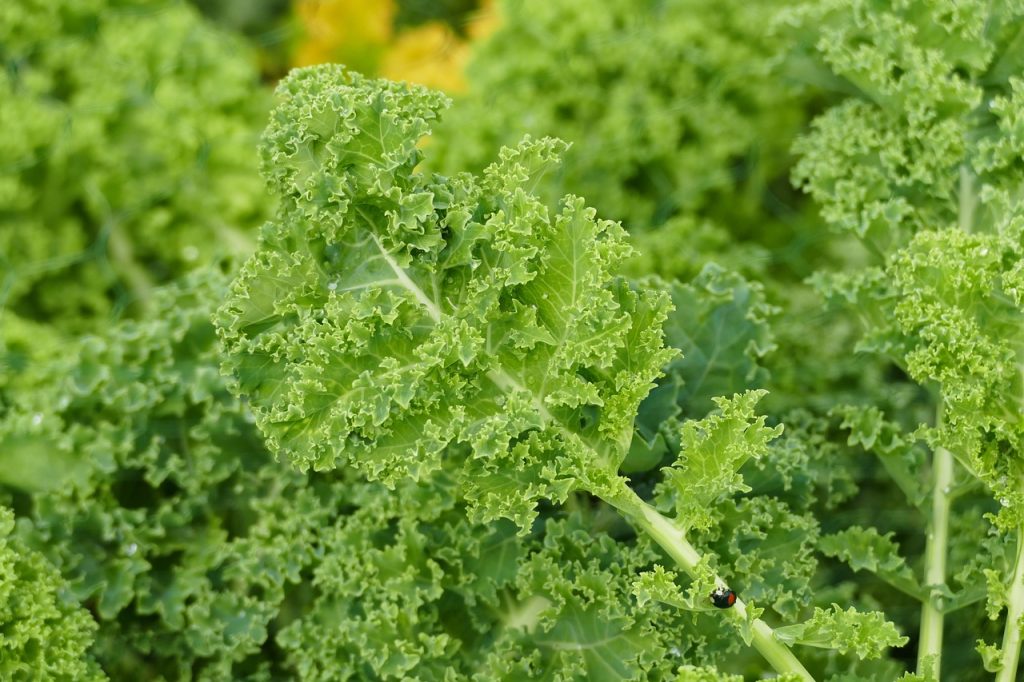
Kale (Brassica oleracea) is another cool-weather favorite that can be planted in August. This hardy green is robust and resilient; it can withstand temperatures down to 20°F. Plant kale seeds about 1/2 inch deep and 12 to 18 inches apart. Harvesting begins around 55 days after sowing, and like spinach, its flavor improves after exposure to frost.
Beets
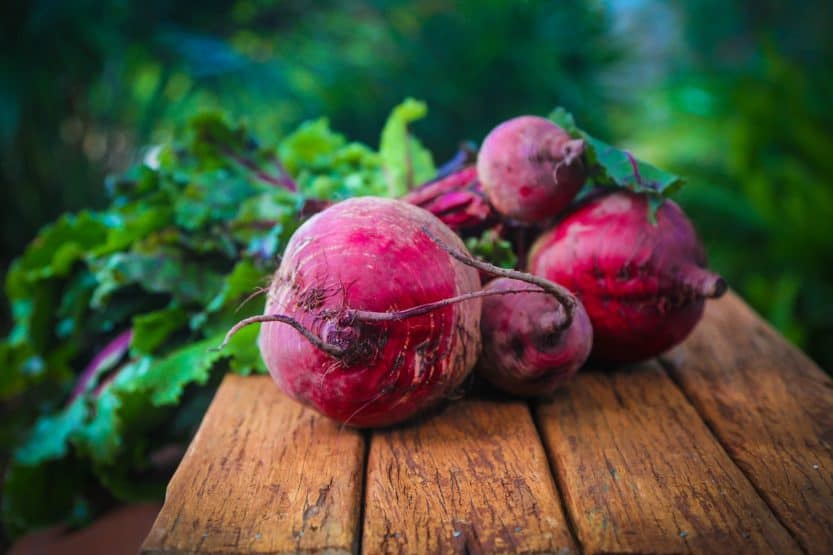
Beets (Beta vulgaris) are versatile and adaptable root vegetables that you can plant in August. They thrive in cooler temperatures, typically growing best between 50°F and 75°F. Sow seeds 1 inch apart and 1/2 inch deep; once seedlings are about 4 inches tall, thin them to 2-3 inches apart. Beets have the additional benefit of not only offering a nutritious root but also edible greens that can be harvested early.
Swiss Chard
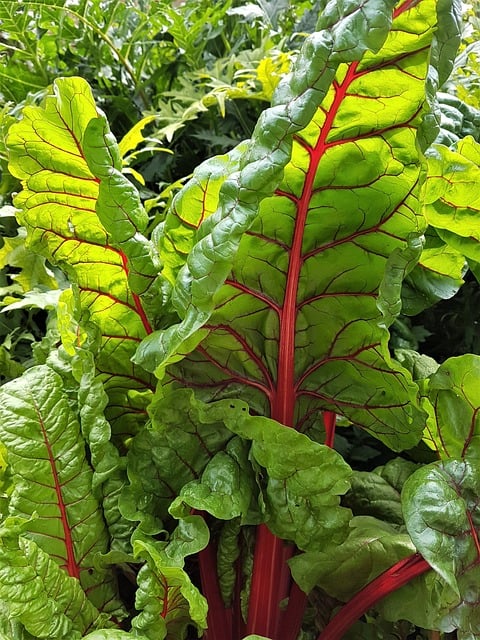
Swiss chard (Beta vulgaris var. cicla) is an excellent choice for an August planting. This vibrant green can be harvesting as baby leaves or allowed to mature. It can withstand frost and prefers cooler temperatures for optimal growth. Stake its seeds 1/2 inch deep, and 3 to 4 inches apart. Chard provides a continual harvest throughout the fall, making it a staple in any late-summer garden.
Turnips
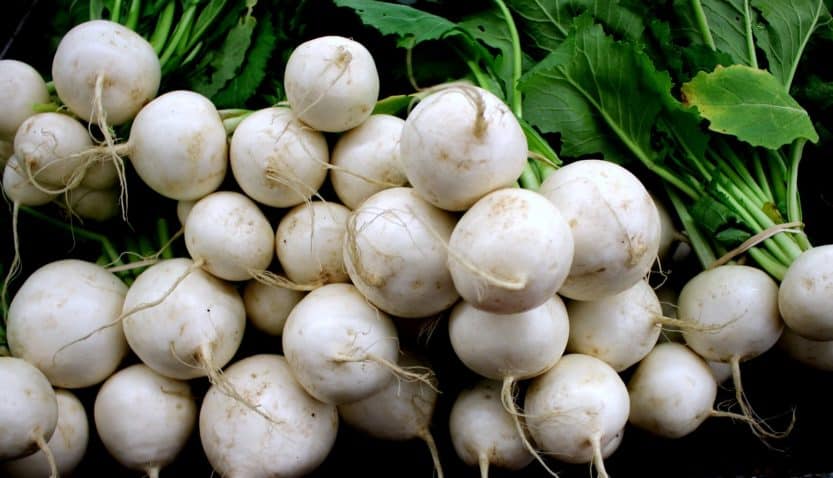
Turnips (Brassica rapa) are a great root vegetable to plant in late summer. They grow quickly, typically taking about 60 days from seed to harvest. Plant seeds 1/2 inch deep and 2 inches apart; they can be thinned to provide ample space for root development. Turnips are hardy, capable of withstanding frost, which enhances their sweetness.
Cucumbers
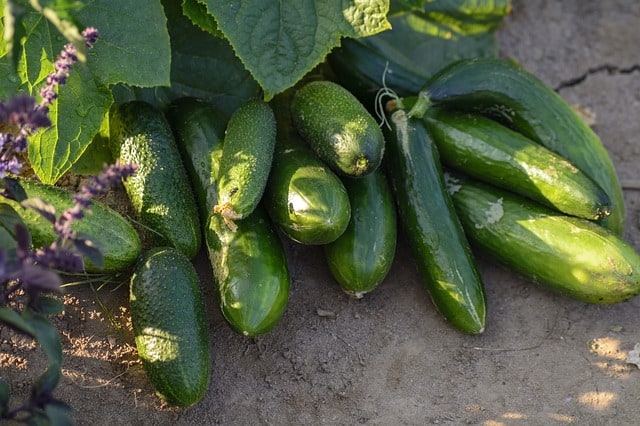
While cucumbers (Cucumis sativus) are often regarded as summer crops, Zone 5 gardeners can still plant them in early August. Choose short-season varieties that can be harvested in 50 to 60 days. Keep in mind that cucumbers thrive in warm soil, so the earlier you plant them in August, the better. Sow seeds about 1 inch deep in a sunny location and ensure consistent moisture.
Peas
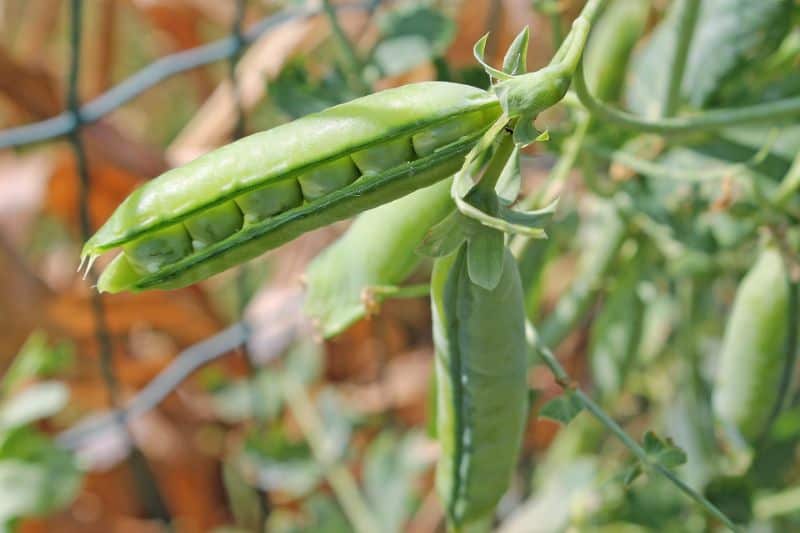
Peas (Pisum sativum) can be planted in August for a fall harvest, particularly snap and snow peas. They prefer cooler temperatures and should be sown about 1 inch deep, spaced 1-2 inches apart. With a quick turnaround of around 60 days to maturity, they can produce a sweet and tender harvest before frost.
Lettuces
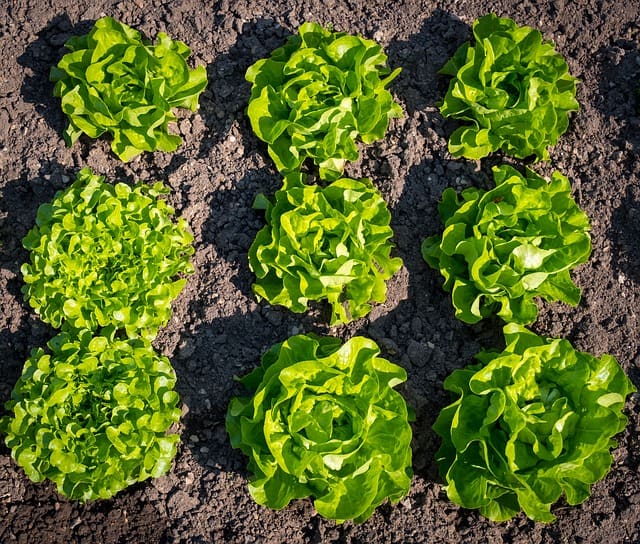
Lettuce (Lactuca sativa) varieties, such as butterhead and romaine, can be directly sown in August. With a maturity range of 30 to 75 days, these leafy greens can thrive in the cooler weather leading into autumn. Plant seeds shallow, about 1/4 inch deep, and ensure they receive some shade during the hottest part of the day.
Flowers To Plant
August is also the time to consider adding vibrant colors and appealing textures to your garden. Fall-blooming flowers can enhance your landscape and provide nectar for pollinators. Here’s a selection of beautiful flowers to plant in August in Zone 5.
Asters
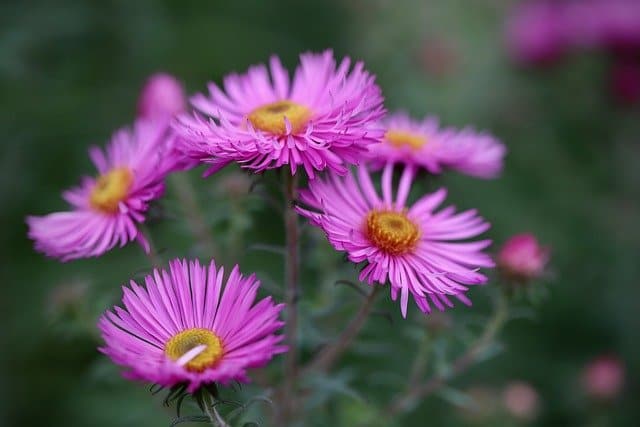
Asters are hardy perennial flowers that can be successfully planted in August. These beauties thrive in full sun and produce blooms in various colors, including purple, pink, and blue. They establish well in late summer temperatures, often blooming from late summer into fall. Asters prefer well-drained soil and can attract butterflies to your garden.
Mums
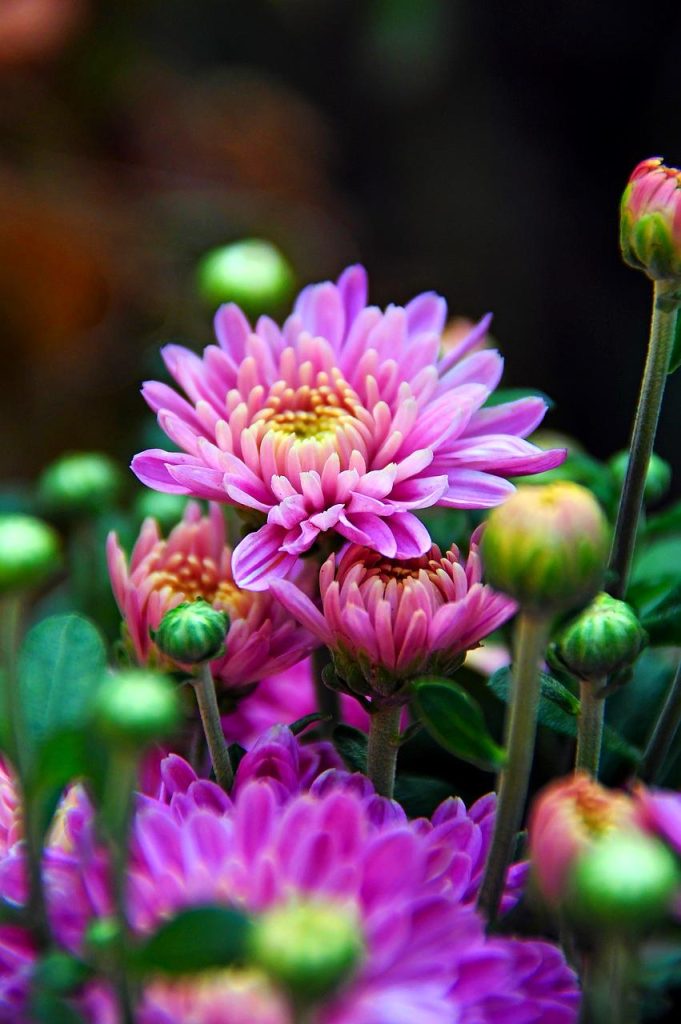
Chrysanthemums, or mums, are the quintessential fall flowers that gardeners can plant in August. These perennials come in various shapes and sizes and can thrive in the cooler temperatures of late summer. Mums prefer full sun and well-drained soil and can brighten any garden with their vivid colors. They typically bloom in the fall, making them an essential addition before the frost.
Sunflowers
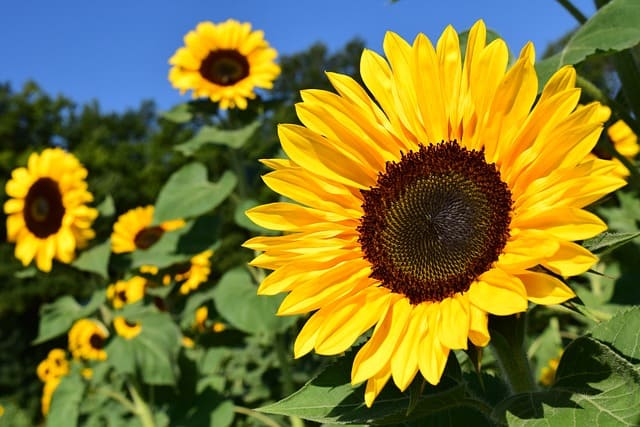
Planting sunflowers (Helianthus annuus) in August can extend your summer blooms into early fall. Fast growers, they can reach maturity in about 70 days. These cheerful flowers require full sun and well-drained soil. Plant seeds about 1 inch deep, 12 inches apart to allow for adequate growth. Sunflowers not only add beauty but also offer seeds for birds and humans alike.
Pansies
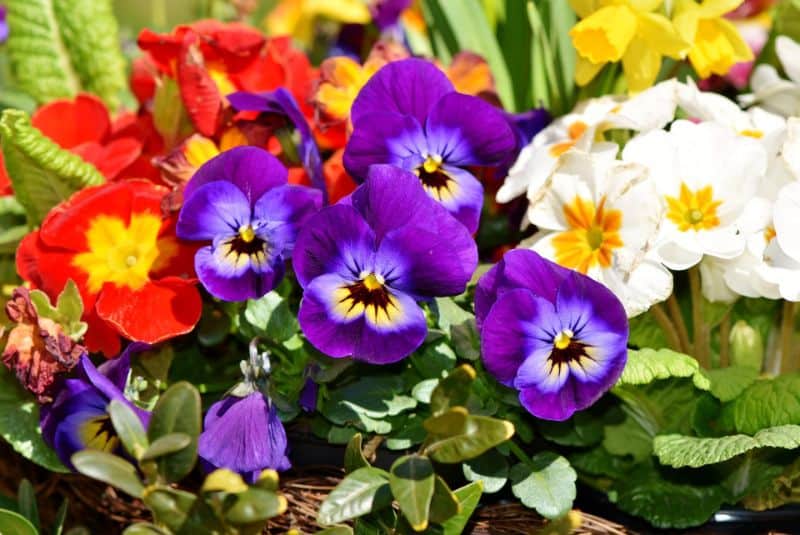
Pansies are cool-season flowers that are surprisingly resilient and can be planted in August for a stunning fall display. They prefer cooler temperatures and can withstand light frosts. Pansies come in various colors and patterns, making them a favorite for fall planting. Plant them 6 to 8 inches apart in well-drained soil.
Ornamental Kale
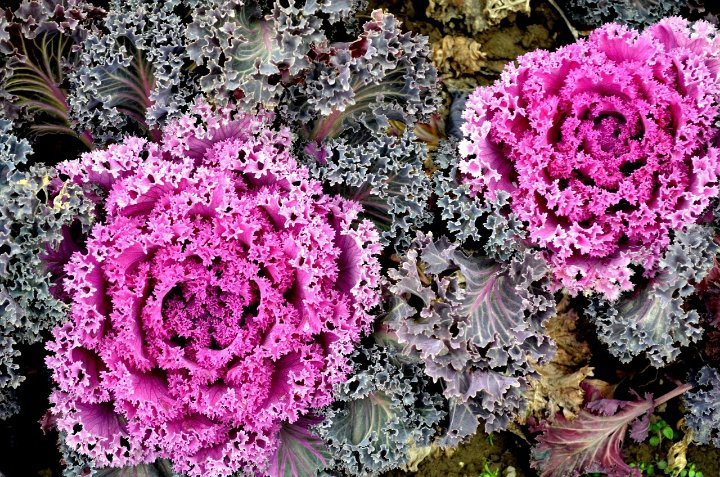
Ornamental kale (Brassica oleracea var. acephala) adds unique visual interest to fall gardens. It thrives in cooler temperatures and can be planted in August for stunning foliage that lasts into winter. The colorful leaves can range from green to deep purple and can withstand frost, enhancing their aesthetic appeal.
Black-eyed Susans
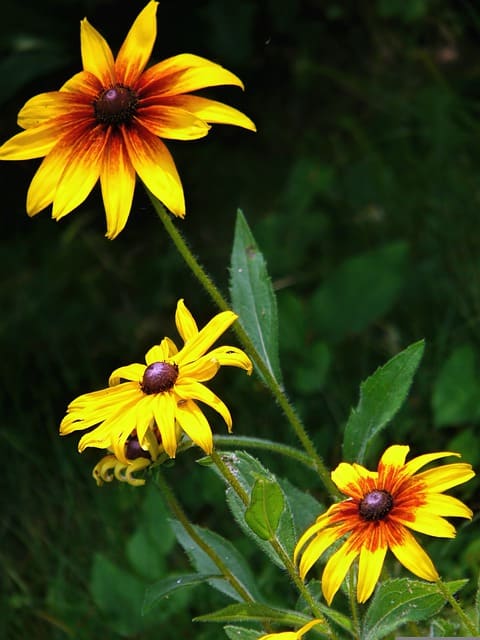
Rudbeckia hirta, commonly known as black-eyed Susans, are perfect for late-summer planting. They thrive in bright sunlight and are drought-tolerant once established. Plant them in well-drained soil, 12-18 inches apart for ample space. Black-eyed Susans will bloom into the fall, providing vibrant yellow and orange flowers that attract pollinators.
Salvia
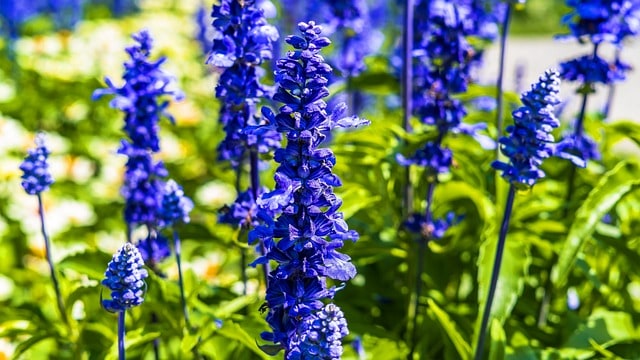
Salvia, particularly Salvia nemorosa, can be planted in August to enjoy late-season blossoms. These perennials are drought-tolerant and thrive in poor soils and sunny locations. Their blooms can last until the first frost, attracting bees and butterflies. It’s ideal to space them about 12 inches apart to promote airflow and healthy growth.
Zinnias
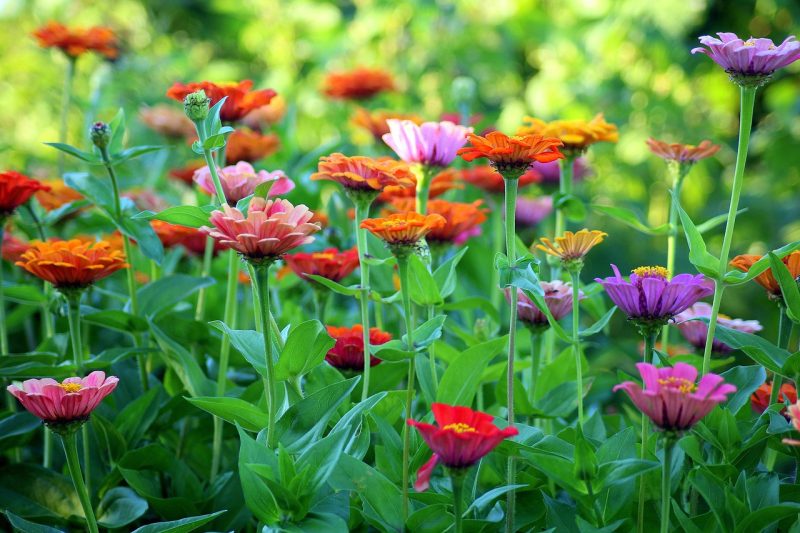
Zinnias are one of the most cheerful flowers you can plant in August. These annuals thrive in warm weather, making them perfect for late summer. They can be sown directly and will bloom within 60 days. Zinnias prefer full sun and well-drained soil, and they’re known for their vibrant colors and ability to attract butterflies.
Snapdragons
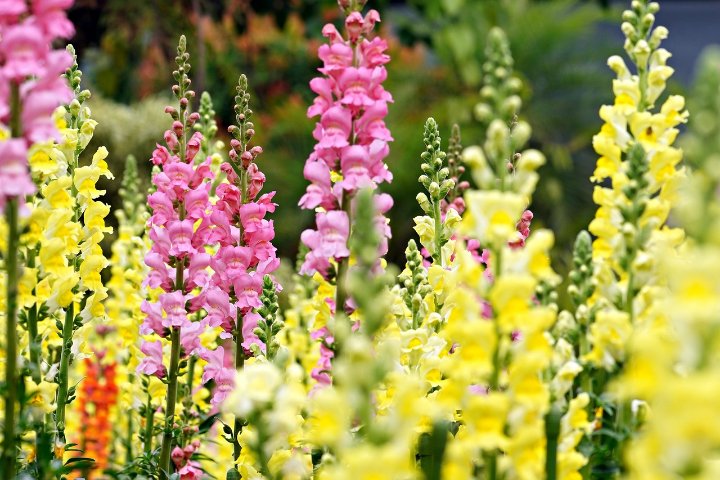
Snapdragons are delightful flowers that can be planted in August for a fall display. They prefer cooler temperatures and can bloom into late fall with proper care. Plant seeds or seedlings with a spacing of about 6-12 inches apart. Snapdragons come in various colors, adding a lovely touch to your garden landscape.
Marigolds
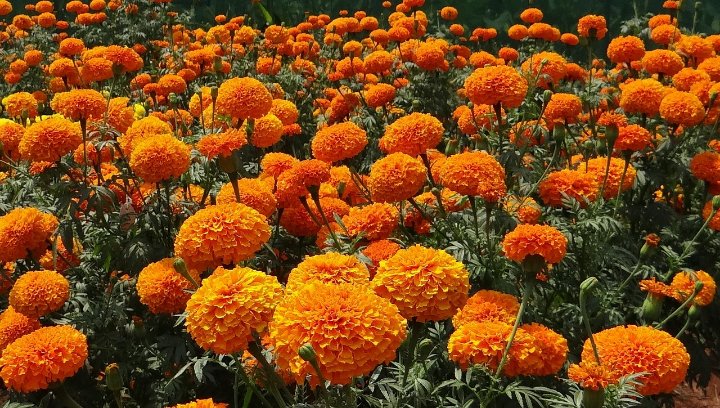
Marigolds (Tagetes) are hardy annuals that perform well in Zone 5. Planting them in August gives you a chance to enjoy their vibrant blooms before frost arrives. They are also great companion plants, deterring pests and attracting beneficial insects. Space them 8-10 inches apart and ensure they get full sun for optimal blooming.
Herbs To Plant
Herbs are not only used for culinary purposes but can also elevate the aesthetic of any garden. Planting certain herbs in August in Zone 5 can yield flavorful additions to your kitchen as the cooler temperatures arrive.
Basil
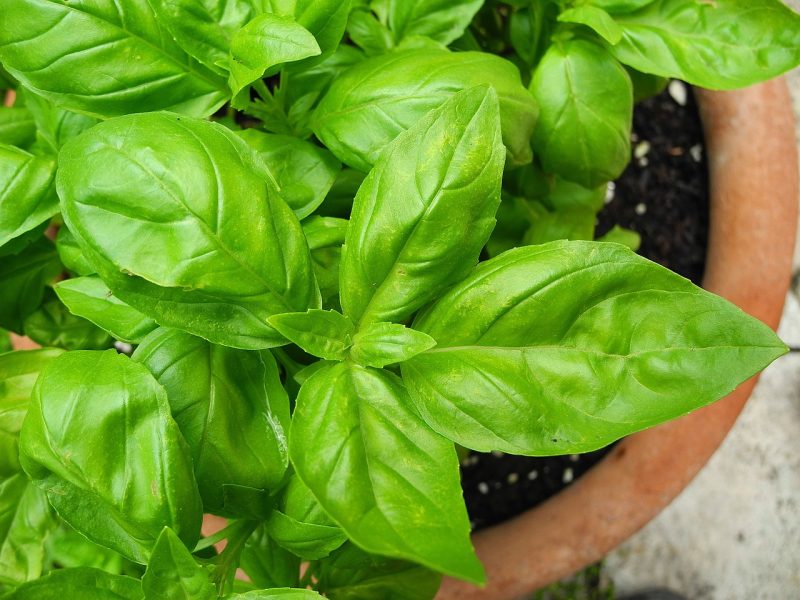
While typically a summer herb, basil can be planted in early August for a late-season crop. Choose fast-maturing varieties to allow for sufficient growth before frost. Basil thrives in full sun and fertile, well-draining soil. Regular pruning can encourage bushier growth and make your culinary adventures more flavorful.
Cilantro
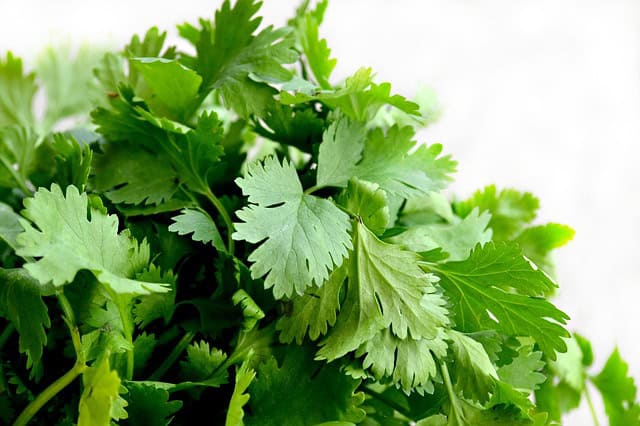
Cilantro (Coriandrum sativum) prefers cooler weather, making August a good time to sow seeds for a fall harvest. Plant seeds about 1/4 to 1/2 inch deep, and be prepared to thin as they grow. This herb germinates quickly and can begin to be harvested in 50-70 days.
Parsley
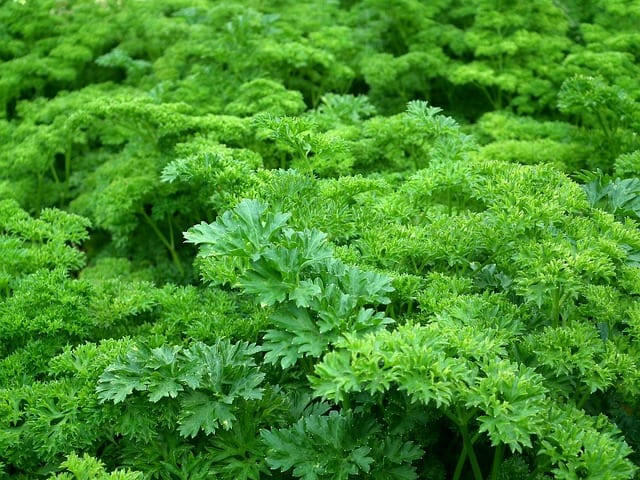
Plant parsley (Petroselinum crispum) in August for an abundant harvest in the fall. This biennial herb can endure cooler temperatures, making it a robust addition to late-summer gardens. Plant seeds about 1/4 inch deep, and they can be harvested as needed throughout the cool season.
Chives
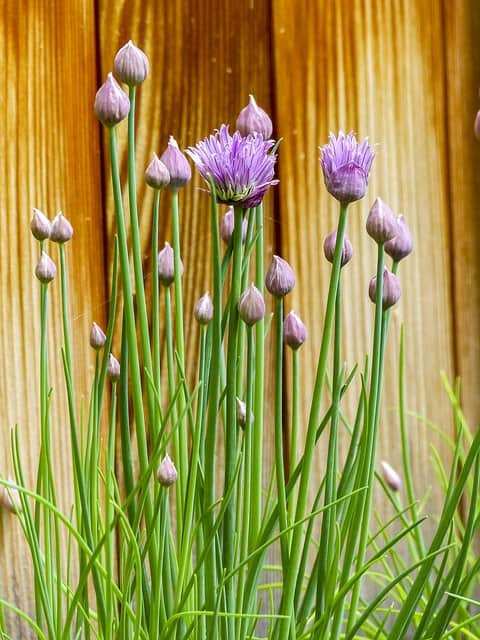
Chives (Allium schoenoprasum) are another herb that can be planted in August. They thrive in cool weather and can withstand light frosts. Chives can be grown from seeds or divide existing clumps. They prefer well-drained soil and sunny locations; harvest the green tops throughout the season to enjoy fresh flavoring in your dishes.
Thyme
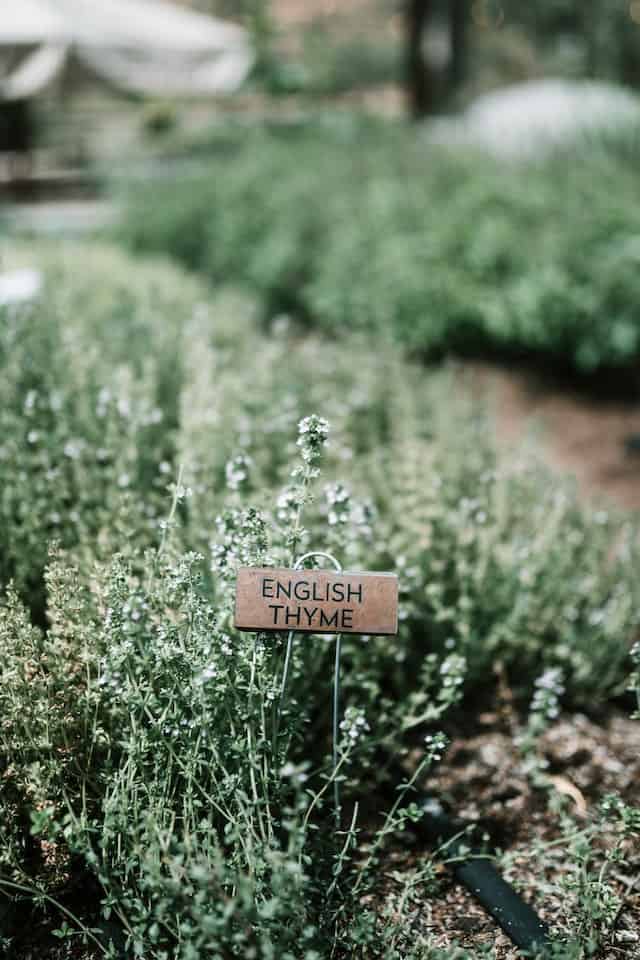
Thyme (Thymus vulgaris) is a hardy perennial herb that can establish well if planted in August. It thrives in well-drained, sandy soil and full sun. Thyme tolerates dry conditions, making it a low-maintenance choice. Space them about 12 inches apart, and they can provide fresh leaves into the fall.
Oregano
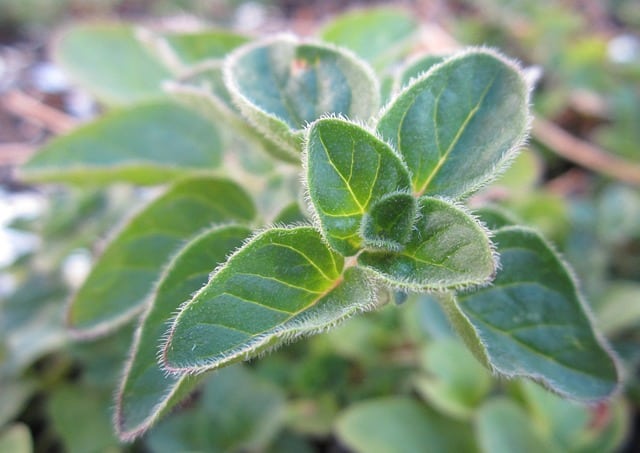
Oregano (Origanum vulgare) is another herb that flourishes when planted in August. This perennial requires sunny spots and thrives in poor soils. Like thyme, it prefers well-drained conditions. Plant seeds or seedlings about 12 inches apart, and oregano can yield a fragrant harvest for many seasons.
Dill
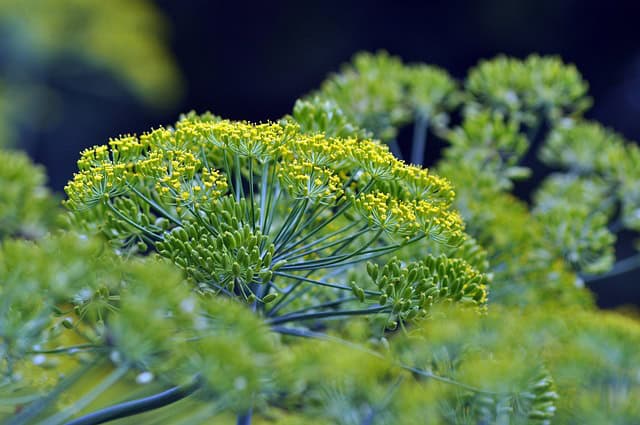
Dill (Anethum graveolens) can be planted in August for a fall harvest. It grows quickly, typically maturing in 40 to 60 days. Dill prefers full sun and well-drained soil. Space seeds about 12 inches apart to accommodate its semi-fern-like growth.
Mint
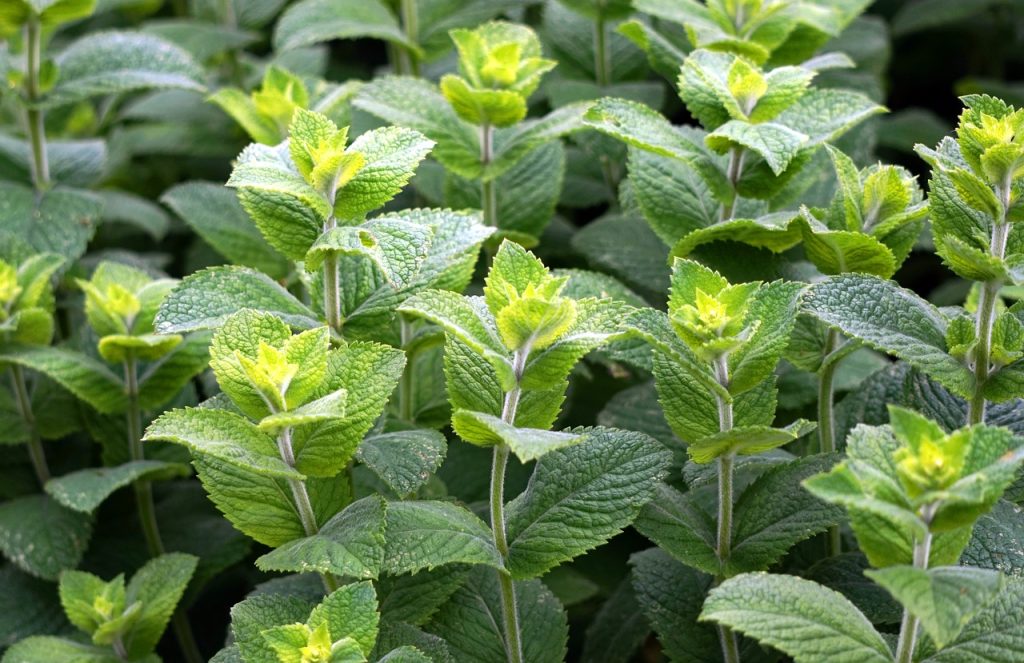
Mint (Mentha spp.) is a robust herb that can be planted in August. However, mint can be invasive, so it’s advisable to plant it in containers or confined spaces to control its spread. This herb prefers moist, rich soil and partial shade but can tolerate a range of conditions.
Sage
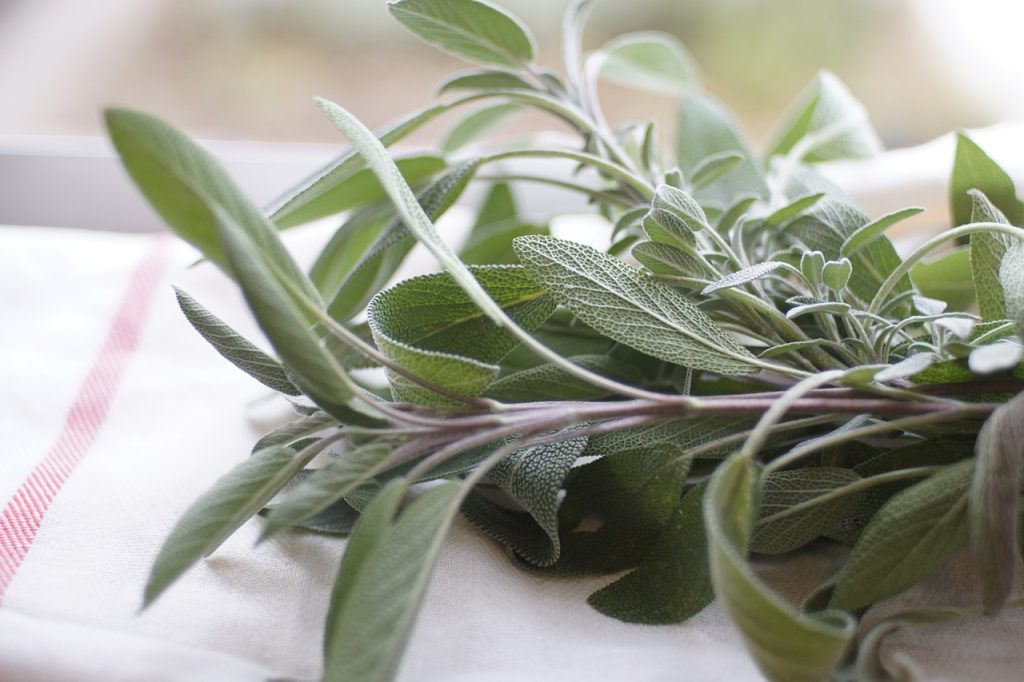
Sage (Salvia officinalis) can establish well in August, with a preference for well-drained soil and full sun. It can tolerate a range of temperatures but thrives in summer warmth. Plant sage at least 12 inches apart, as it needs adequate airflow for healthy foliage.
Fennel
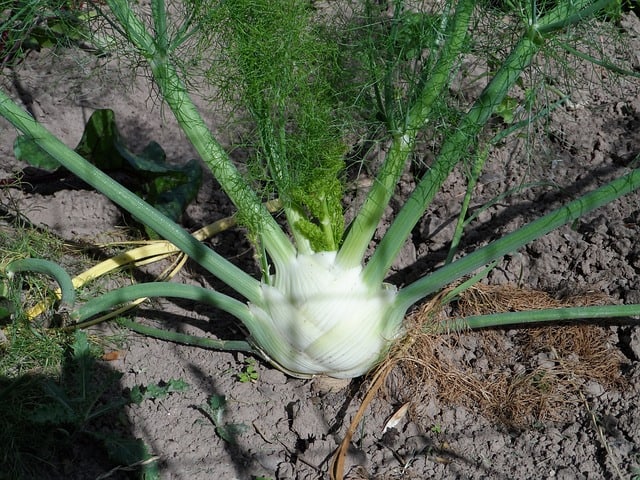
Fennel (Foeniculum vulgare) is a hardy herb that’s great for August planting. It prefers full sun and well-drained soil, germinating within 10-14 days. Fennel forms a bulb that can be harvested for use in salads and dishes; plant seeds about 1/4 inch deep and 12 inches apart.
Landscape Plants To Plant
In addition to edible crops and herbs, August is an excellent time to plant landscape plants in Zone 5. Choosing the right plants can enhance your garden’s beauty and ecological health, providing a haven for wildlife and a tranquil retreat for you.
Daylilies
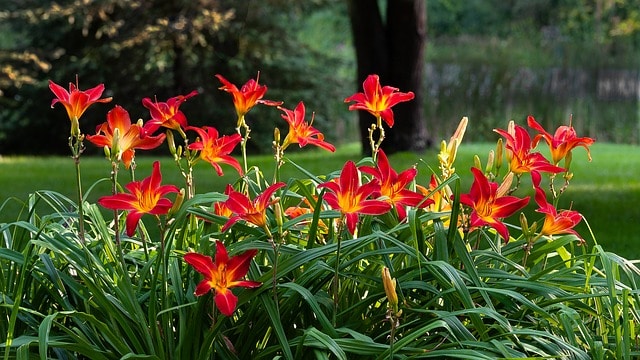
Daylilies (Hemerocallis) are tough perennials that adapt well to a variety of conditions, making them perfect for planting in August. These plants bloom in a mesmerizing array of colors and can provide vibrant displays of flowers from late spring to early fall. They thrive in full sun to partial shade and well-drained soil. Once established, daylilies are drought-tolerant.
Sedum
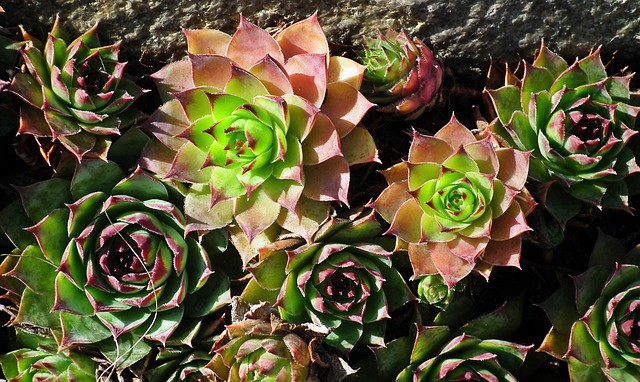
Sedum, or stonecrop, is a hardy succulent that can thrive in Zone 5 gardens, particularly when planted in August. These drought-tolerant plants prefer full sun and can withstand poor soil conditions. Many sedum varieties produce beautiful flowers that bloom in late summer and fall, making them an attractive addition.
Astilbe
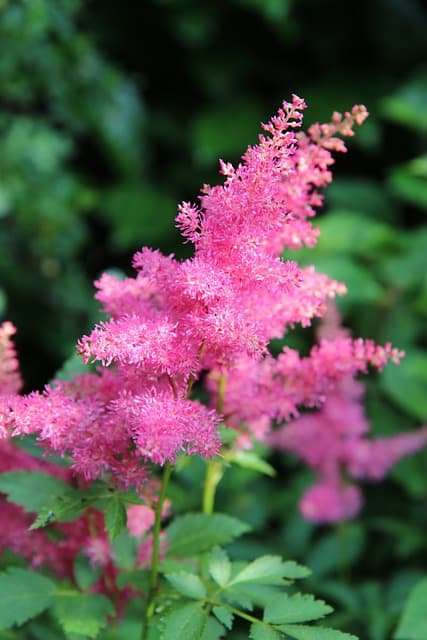
Astilbe is a shade-loving perennial that can be planted in August. These plants offer feathery plumes of flowers that can add a soft texture to your garden. Astilbes thrive in moist, well-drained soil and can tolerate part to full shade. They are perfect for adding color and interest to shady areas.
Coneflower
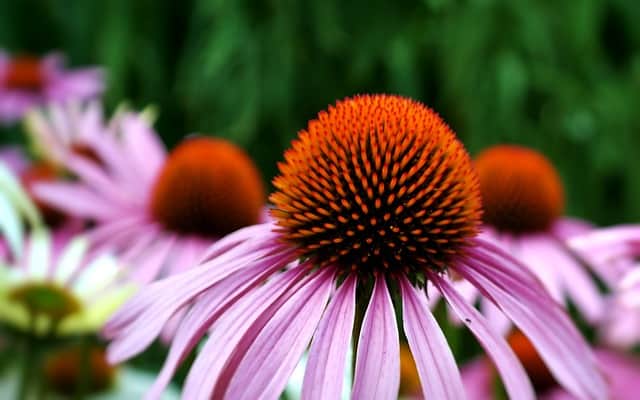
Echinacea, commonly known as coneflower, is a perennial that thrives in full sun and well-drained soil. Planting in August allows them to establish before the cooler months arrive. Coneflowers are drought resistant and attract butterflies and bees, making them great for pollinator gardens. They bloom from summer to fall.
Hellebore
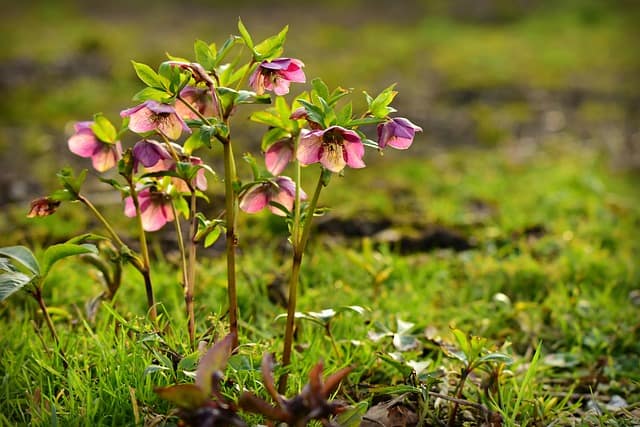
Hellebore is a perennial that can be planted in early August. Known as the Lenten rose, it blooms in late winter to early spring, bringing much-needed color to the garden. Hellebore prefers partial shade and well-drained soil. Once established, it’s a low-maintenance, hardy plant.
Japanese Anemone
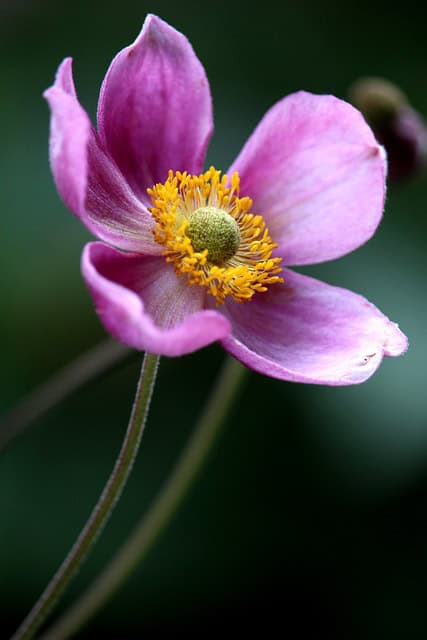
Japanese anemone is a beautiful fall-blooming perennial ideal for August planting. It thrives in partial to full shade and prefers moist, well-drained soil. With large, delicate flowers that bloom in late summer into fall, these plants can bring an ethereal quality to your landscape, attracting bees and butterflies.
Coral Bells
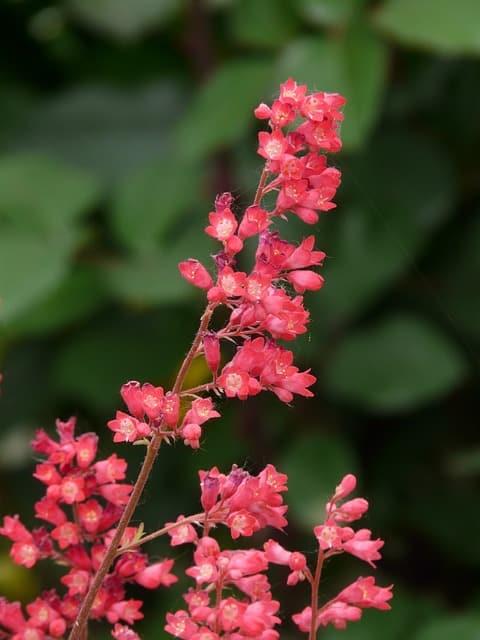
Coral bells (Heuchera) are versatile perennials that perform well in both sunny and shady areas. Planting these in August can assure vibrant foliage and delightful small flowers into the fall. They prefer well-drained soil and can add a rich array of colors to the garden, from deep purples to bright greens.
Ornamental Grasses
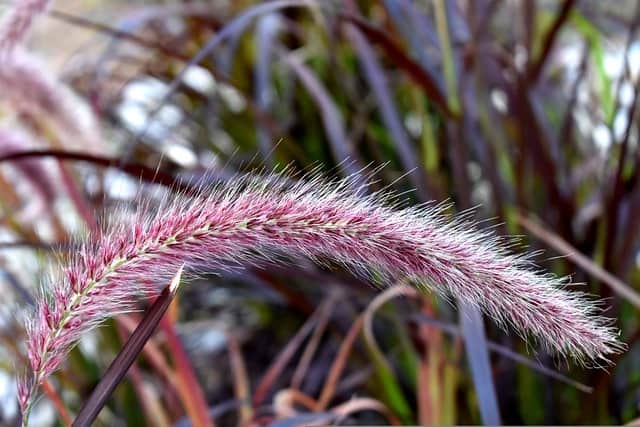
Choosing ornamental grasses such as Miscanthus or Panicum can add texture and interest to your garden in August. These drought-tolerant plants can be planted now to establish before winter. They are also wonderful for attracting birds and providing movement in the garden, especially when their plumes catch the breeze.
Phlox
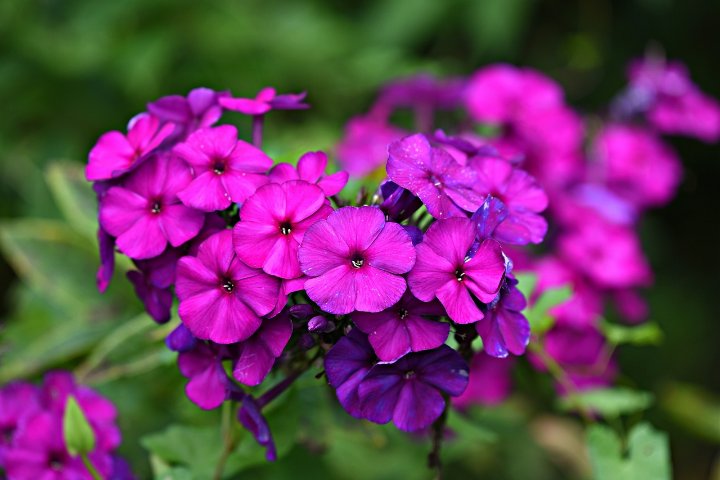
Phlox is a fragrant perennial that can be planted in August to see early blooms the following spring. They thrive in full sun and well-drained soil. Phlox blooms in a variety of colors and attracts butterflies, making them a delightful addition to any garden.
Russian Sage
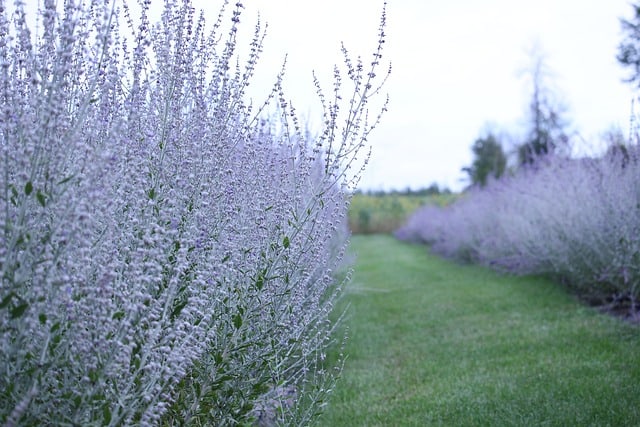
Russian sage (Perovskia atriplicifolia) can enhance your garden’s aesthetics with its silvery foliage and purple blooms. Planting in mid to late August allows them to establish roots before winter. They thrive in sunny spots and are drought-resistant once established, making them low-maintenance.


